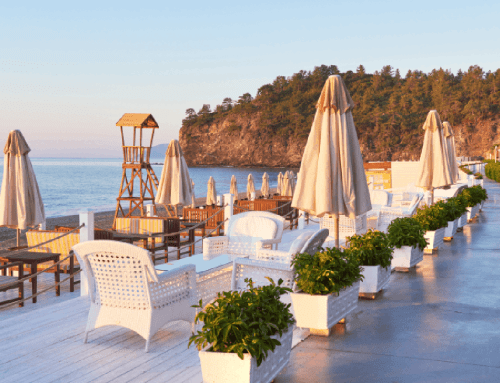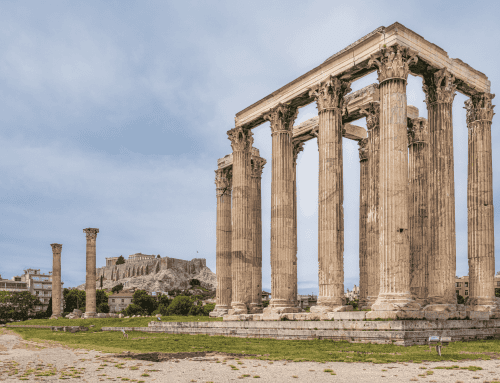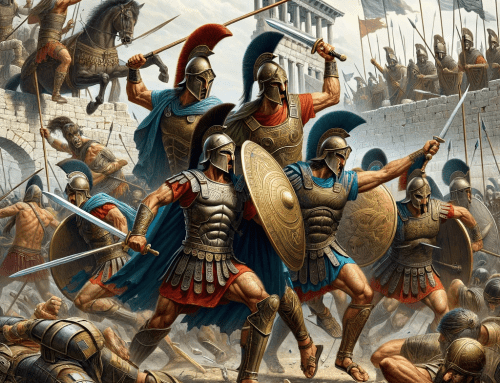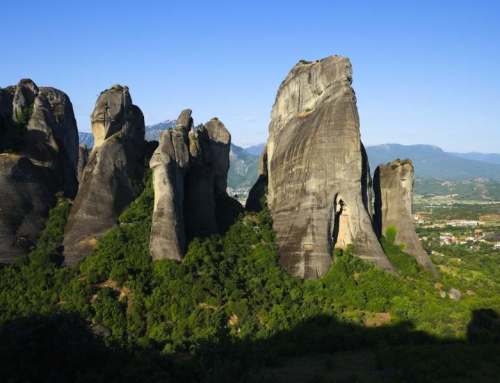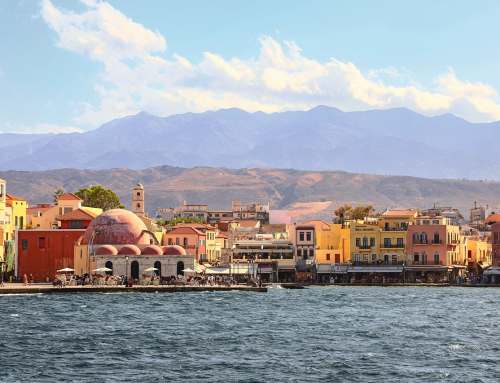The Battle of Thermopylae was fought between an alliance of Greek city-states, led by King Leonidas of Sparta, and the Persian empire of Xerxes I over the course of three days, during the second Persian invasion of Greece. It took place simultaneously with the naval battle at Artemisium, in August or September 480 BC, at the narrow coastal pass of Thermopylae (“The Hot Gates”). The Persian invasion was a delayed response to the defeat of the first Persian invasion of Greece, which had been ended by the Athenian victory at the Battle of Marathon in 490 BC.
Earth and water
Darius sent emissaries to all the Greek city-states in 491 BC asking for a gift of “earth and water” as tokens of their submission to him. Having had a demonstration of his power the previous year, the majority of Greek cities duly obliged. In Athens, however, the ambassadors were put on trial and then executed by throwing them in a pit; in Sparta, they were simply thrown down a well.
Sparta and Athens, the strongest city states of that time along with important city states of the Peloponnese such as Corinth, Tegea and Argos decided to unite against the common threat of their extinction.
A Greek force of approximately 7,000 men marched north to block the pass in the middle of 480 BC. The Persian army, alleged by the ancient sources to have numbered over one million. It was like all the rivers of Asia united against Europe to drown it. A greek spy when he saw all these forces looked at the sky and said: “Zeus why did you take the form of a Persian king and the name Xerxes and you want to harm Greece by driving the whole human race against it, while you could have succeded without doing so?”
Molon Lave – The prophecy and the sacrifice of king Leonidas
Herodotus tells us that king Leonidas, in line with a prophecy about him either dying in the battlefield or Sparta to be enslaved, was convinced he was going to certain death since his forces were not adequate for a victory, and so he selected only Spartans with living sons. The Spartan force was reinforced en route to Thermopylae by contingents from various cities and numbered more than 7,000 by the time it arrived at the pass. Leonidas chose to camp at, and defend, the “middle gate”, the narrowest part of the pass of Thermopylae, where the Phocians had built a defensive wall some time before.
When the two armies were brought face to face, Xerxes asked Leonidas and the united Greeks to lay down their weapons, only to receive Leonidas’ famous response “Molṑn labé” (Μολὼν λαβέ – literally, “having come, take them”, but usually translated as “come and take them”
“The courage of the greek forces, their superior weapons, their love for their homeland, families and gods along with the strategic, well protected, narrow landscape held back the Persian horde for up to three days with minimal losses”
Betrayal – Ephialtes
The Persian king desperate not to see his forces make a single step forward he received a windfall; a Trachinian named Ephialtes informed him of the mountain path around Thermopylae and offered to guide the Persian army. Ephialtes was motivated by the desire for a reward. For this act, the name “Ephialtes” received a lasting stigma; it came to mean “nightmare” in the Greek language and to symbolize the archetypal traitor in Greek culture.
That damage was done! The Persian army surrounded the greek forces of which 300 Spartans and 700 Thespies remained to make the last stand. The others were forced to retreat as they would be needed in the battles to follow.
Come back with your shield or on it
This phrase was an admonition given by mothers and wives to Spartan warriors who were headed into battle. The general meaning was “victory or death,” the significance being victorious warriors returned home carrying their shields; the dead were borne home on them. Only those who fled battle, shedding themselves of weapons and equipment to hasten their flight, came home without their shields. In short, to return without one’s shield was to return without honor. In the extremely few cases that Spartan warriors came back to Sparta defeated, faced such a public disgrace that they commited suicide after a while.
The primary source for the Greco-Persian Wars is the Greek historian Herodotus. The Sicilian historian Diodorus Siculus, writing in the 1st century BC in his Bibliotheca historica, also provides an account of the Greco-Persian wars, partially derived from the earlier Greek historian Ephorus. This account is fairly consistent with Herodotus’ writings. The Greco-Persian Wars are also described in less detail by a number of other ancient historians including Plutarch, Ctesias of Cnidus, and are referred to by other authors, as in Aeschylus in The Persians.
Significance of the battle of Thermopylae for the Persian wars and for the western civilization
News of this defeat reached the troops at Artemisium, and Greek forces there retreated as well only to unite with the rest of the Greek army and manage to defeat the Persians at the Battle of Salamis (naval) and the Battle of Plataea, which effectively ended the threat of Persian invasion.
Despite losing, the Greek army killed around 20,000 Persians. In contrast, the Greeks lost just 4,000 men, according to estimates made by Herodotus.While the Battle of Thermopylae was technically a defeat for the Greek coalition, it was also a conquest since it marked the beginning of a morale shift among the Greeks.
Both ancient and modern writers have used the Battle of Thermopylae as an example of the power of a patriotic army defending its native soil. The performance of the defenders is also used as an example of the advantages of training, equipment, and good use of terrain as force multipliers and has become a symbol of courage against overwhelming odds.
Many historians agree that, had the Persians conquered Greece at that time, the history of Europe and the global history consequentially, would not be the same.
In 1955 a statue of Leonidas was erected by King Paul of Greece in commemoration of his and his troops’ bravery. The Battle of Thermopylae also served as the inspiration for the film 300 (2006).
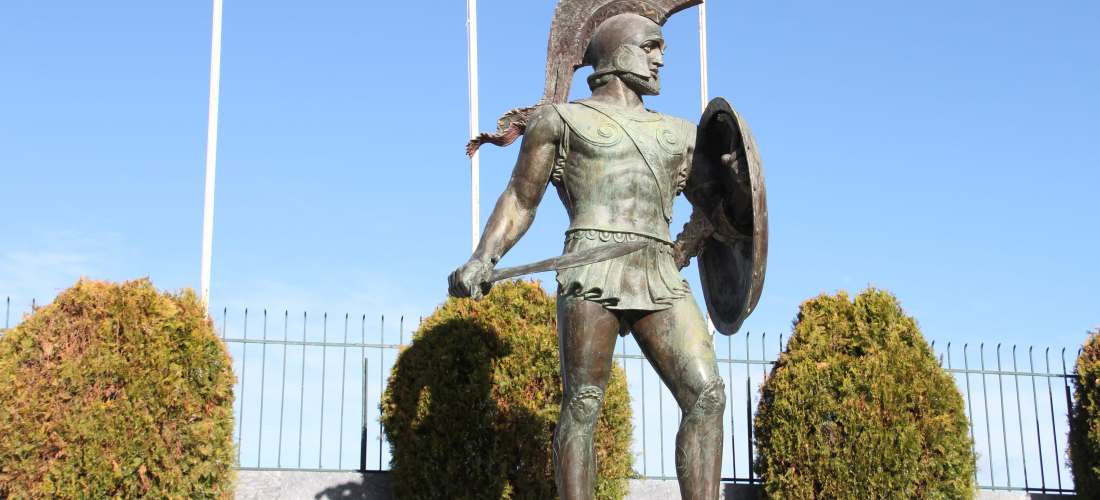
Sparta- Statue of Leonidas



